A Comprehensive Overview of The Different Types of Helichrysum Essential Oils
Posted on March 17 2021,
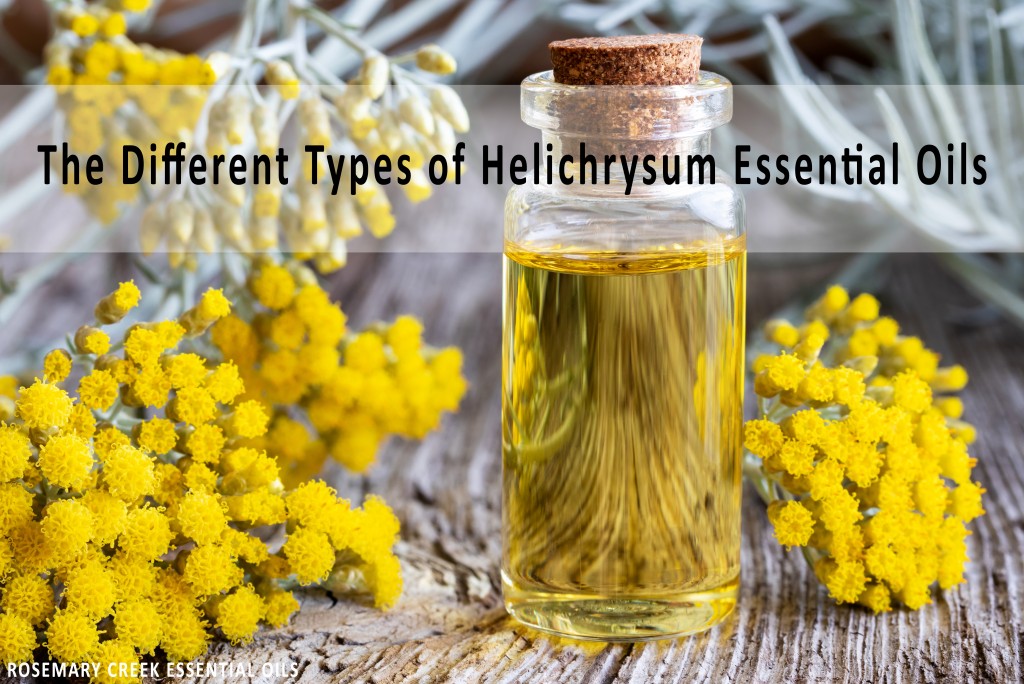
Helichrysum essential oils have been a strong buzzword in holistic beauty and medicine throughout time, and for good reasons. Cultivated from green parts and flowers of the Helichrysum Italicum plant, this oil contains immeasurable anti-inflammatory, antioxidant, antibacterial, and antifungal properties that unlock many various health/wellness advantages. From remediating joint pains, easing respiratory challenges to multi-disciplinary skincare effects, Helichrysum essential oil is an asset worth investing in to improve life quality and balance.
Now, before Googling and reaching for the first Helichrysum essential oil that pops up, it is crucial to recognize that the genus Helichrysum comes in more than one species. In fact, there are hundreds of species of Helichrysum across the globe, and each is distinct in its own authentic way. The good news is that from that long inventory list, there are six notable types commonly used to create essential oils. With that being said, below is a compressive overview of those said types, so those seeking a prime Helichrysum essential oil can feel confident and knowledgeable with their final choice.
1. Helichrysum Italicum
Helichrysum Italicum is the most known and common type that is used for essential oil production. Harvested from the Mediterranean regions, Helichrysum Italicum has a unique compound called curcumene, which supports tissue healing and cell regeneration. There are also small traces of nerol content, and this is what is responsible for the antifungal properties of this particular type. Furthermore, the presence of ketones gives this type its unparalleled wound healing advantages, and the high percentage of neryl acetate equates to the oil's calming effects in aromatherapy, which is substantially higher than its counterparts. All in all, Helichrysum Italicum is excellent for skincare, wound healing, aromatherapy, and joint/muscle pains.
Tip: For more in-depth information on the chemical composition of Helichrysum Italicum, you can find that here.
2. Helichrysum Bracteiferum
Coming from a variety of different Helichrysum within Madagascar, Helichrysum Bracteiferum differs from the rest of the other leading types for its exceptionally elevated concentration levels of cineole. It may take the same form as Helichrysum Italicum (a golden yellow bush), but this particular type is targeted primarily to treat respiratory diseases. Helichrysum Bracteiferum also has relatively equal amounts of sesquiterpenes, oxides, and monoterpenes and showcases another differentiating compound called humulene, which has been leveraged for decades in Malagasy herbal medicine for its breathing/immunity support. In summary, choose Helichrysum Bracteiferum to heal respiratory infections, treat headaches and inflammation, and boost your immune system.
Fun Fact: The additional presence of pinene and caryophyllene play a monumental role in Helichrysum Bracteiferum’s value towards the respiratory system.
3. Helichrysum Odoratissimum
Heading to South Africa, the Helichrysum Odoratissimum is another perennial shrub from the genus Helichrysum family and one that is often used in things like natural deodorants and bug sprays for its pungent aroma. In addition, Helichrysum Odoratissimum contains a nice balance of 1,8 cineole and pinenes, which is profoundly valuable for remediating respiratory/congestive challenges and opening up airways as Helichrysum Bracteiferum does. The only key thing to note here is that though this is a wonderful solution both on its own and intertwined with Helichrysum Bracteiferum, it does not host the same skincare effects as Helichrysum Italicum.
4. Helichrysum Splendidum
Native to South Africa like Helichrysum Odoratissimum, Helichrysum Splendidum is exceptionally rich in monoterpenes, sesquiterpenes, pinene, and b-phellandrene and has different therapeutic reactions than the other species. That is because the Helichrysum Splendidum is a "best of both worlds" type of essential oil. It can offer mental boosting support, skin revitalization and helps fight against cold and allergy symptoms due to its prevalent antimicrobial compounds like cadinene. Though this option is by far the perfect middle-ground player to opt for, understand that the main difference is Helichrysum Italicum is a bit higher in antifungal properties than Helichrysum Splendidum. Other than that, this solution is ideal for anyone looking to cover all angles with their health and wellness objectives.
Fun Fact: Out of the 600 species of known Helichrysum, about 250 of them are found in South Africa.
5. Helichrysum Gymnocephalum
Next up, Helichrysum Gymocephalum is most often used for pain and to support the respiratory system as it contains 1,8 cineole, is an analgesic, and holds anti-infectious elements like para-cymene. Helichrysum Gymocephalum comes from both Madagascar and South Africa and is best known for its deep respiratory and healing effects and pain remediations. Because of its unique chemistry make up, Helichrysum Gymocephalum is a fantastic resource to fight infections, ease headaches, and heal wounds as well. However, the majority of essential oil advocates love taking advantage of this particular type of Helichrysum for congestion and infection support rather than as a wound healing aid.
Lastly, to answer whether Helichrysum Gymocephalum is the same as Helichrysum Italicum, the answer is no. Helichrysum Italicum has italidiones, only found in Helichrysum Italicum. It also has much more neryl acetate and gamma-curcumene than Helichrysum Gymocephalum. That alteration means while both are still great essential oils, Helichrysum Italicum still has more substantial anti-inflammatory effects and is better suited for skincare treatment relations.
6. Helichrysum Stoechas
Finally, Helichrysum Stoechas are another type used for essential oil creation, but it is not as prevalent as the other ones mentioned above. This particular type is found in the western parts of France and is very similar to Helichrysum Arenarium, yet has slight composition percentage differences of nerol acetate, curcumin, pinene, limonene, amongst others. Because Helichrysum Stoechas does have these core elements, it does offer support in traditional medicine to cure things like colds, debilitate the reproduction of bacteria/viruses, healing bruises, and is valuable in treating certain skin conditions. Along with that, the most widespread reason that people choose this particular type is for its promising aromatherapy capabilities to influence creativity, boost dream activity, and encourage both personal and spiritual growth. In the end, Helichrysum Stoechas essential oil may have a small production and demand compared to the rest, but there is no denying that it still holds sound effects within the ‘sacred’ Helichrysum family.
Conclusion - The Ultimate ‘Healing’ Oil
Helichrysum genus comprises one of the most diverse and powerful essential oils on the market today. From respiratory issues, congestion, skincare, all the way to mental advantages, Helichrysum essential oils as a whole have been long time accredited for their powerhouse abilities. These very reasons contribute to why this rich scented essential oil is heavily sought out across the globe. But keep in mind that for those who are looking to invest in this essential oil for the first time, that not all types are created equal, and that is not a bad thing.
Overall, the Helichrysum genus contains hundreds of different types that are grown in varying different places and conditions, which inadvertently becomes the catalyst for the light (and sometimes large) differences in composition for each one. Again, not all are used for essential oil production, but the ones that are, as listed above, can all offer unique effects in their own way because of their differences in chemical make-up. With that being said, for those looking for a Helichrysum essential oil primarily for skincare and pain relief, try going with Helichrysum Italicum. If the problem consists of congestion and allergy relations, then Helichrysum Odoratissimum may be the better choice. For those looking for the all-in-one package, choose Helichrysum Splendidum. It all boils down to what the core issue is that needs to be solved and knowing just what type to select to help make that happen.
The different types of Chamomile essential oils and their benefits
“Though the chamomile, the more it is trodden on, the faster it grows, so youth, the more it is wasted, the sooner it wears.” -William Shakespeare, Henry IV. The...
Read More7 Benefits and Uses of Monarda Essential Oil
Introduction Monarda (Monarda fistulosa) essential oil is a steam distilled, colorless oil widely cultivated in the United States, Cananda and France. Besides being referred to as Monarda you may also...
Read More7 Superb Benefits and Uses of Wild Verbena Essential Oil
Holding exceptional medical properties, including soothing skin irritation and rectifying diverse congestion challenges, Wild Verbena essential oil is a native South African resource that features unparalleled health advantages. Wild Verbena...
Read MoreThe different types of Lavender Essential Oils and Their Benefits
Lavender is one of the most well-known and well-loved essential oils out there, and for good reason. Lavender essential oil has a multitude of applications and is helpful for the...
Read More

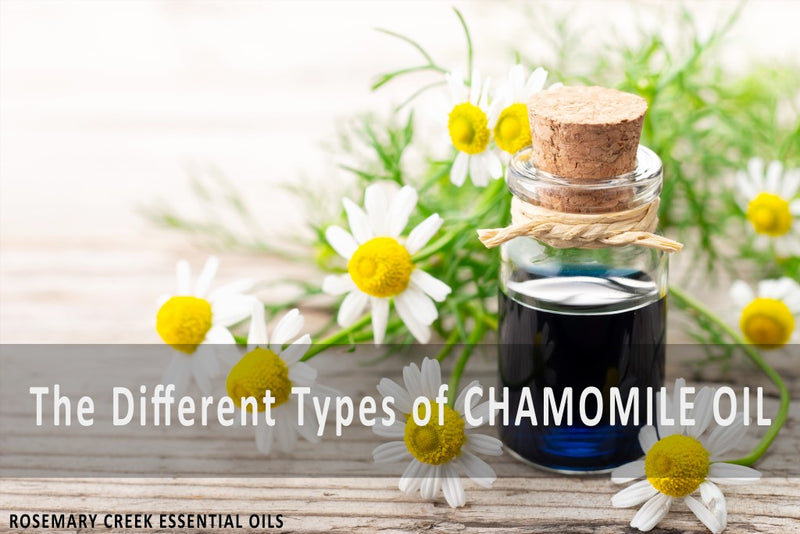
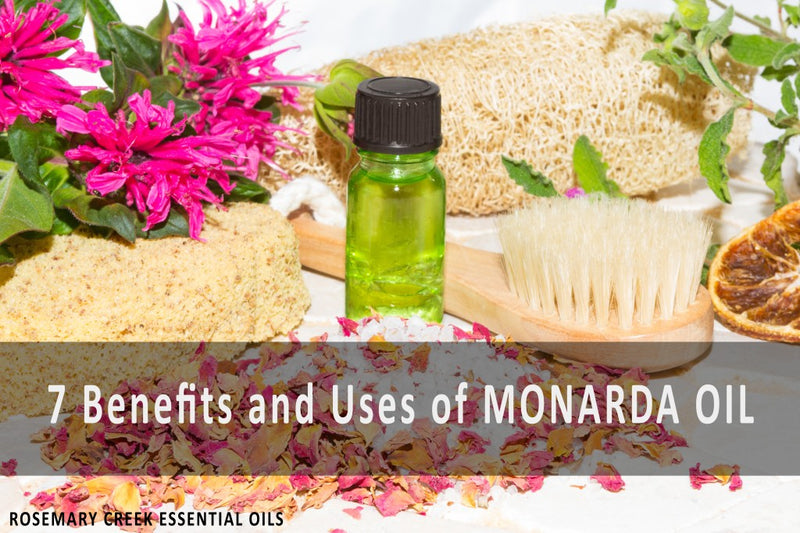
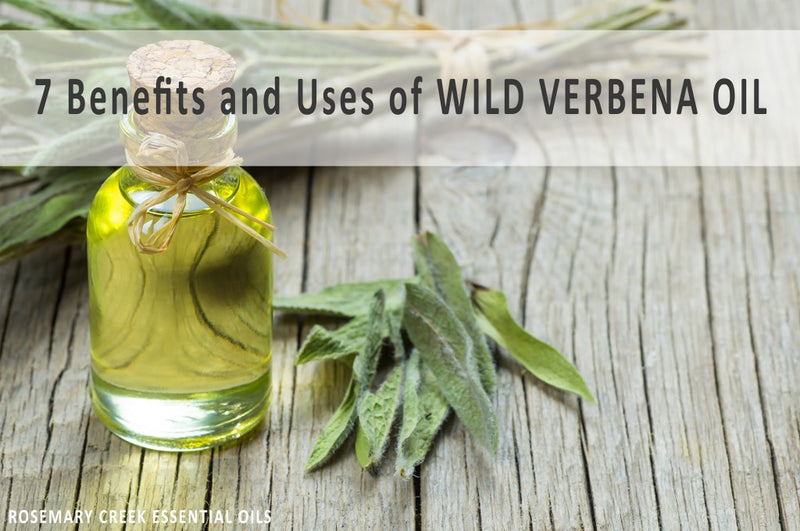
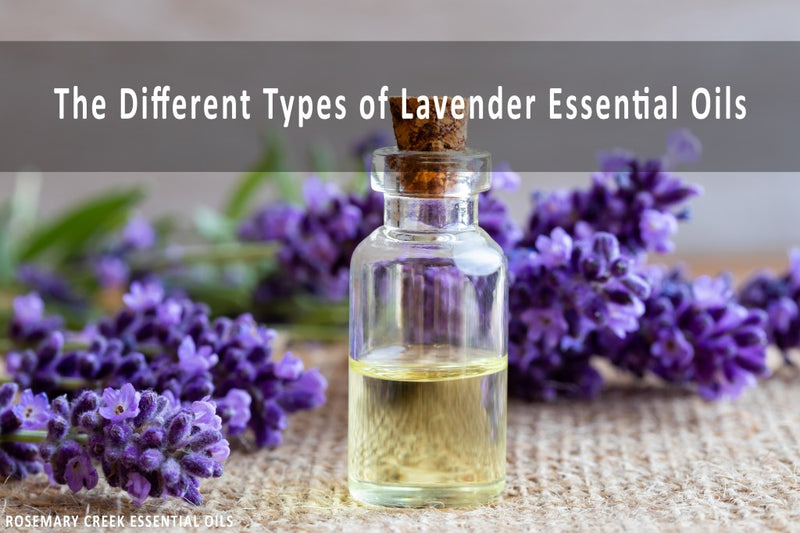
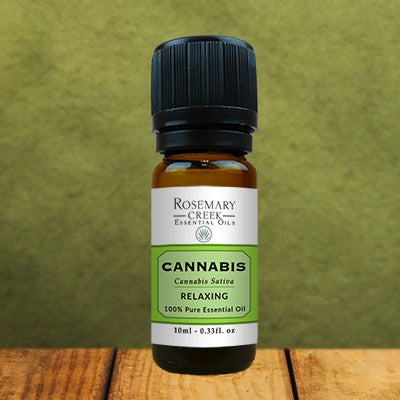

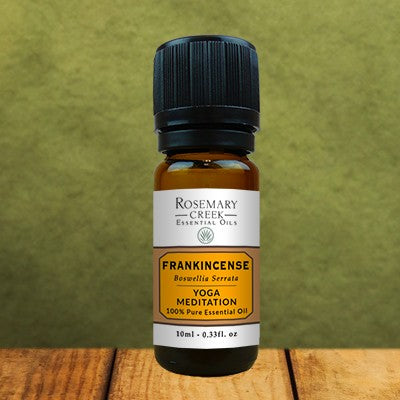
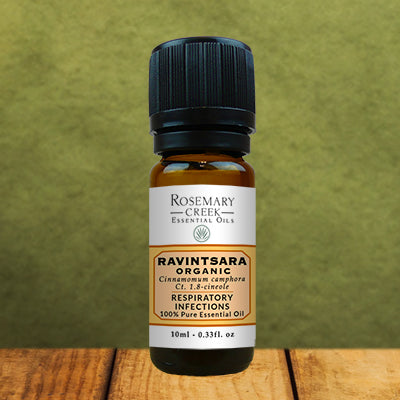

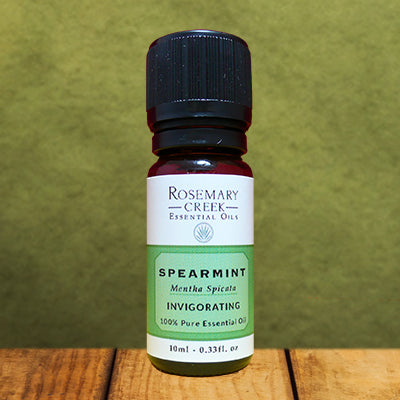
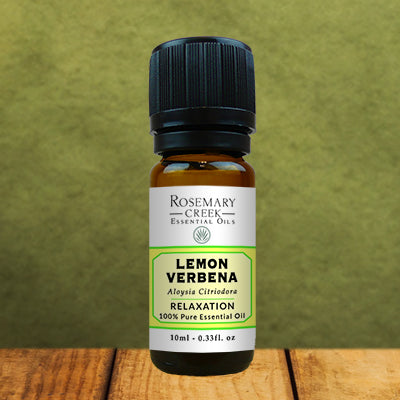
0 comments